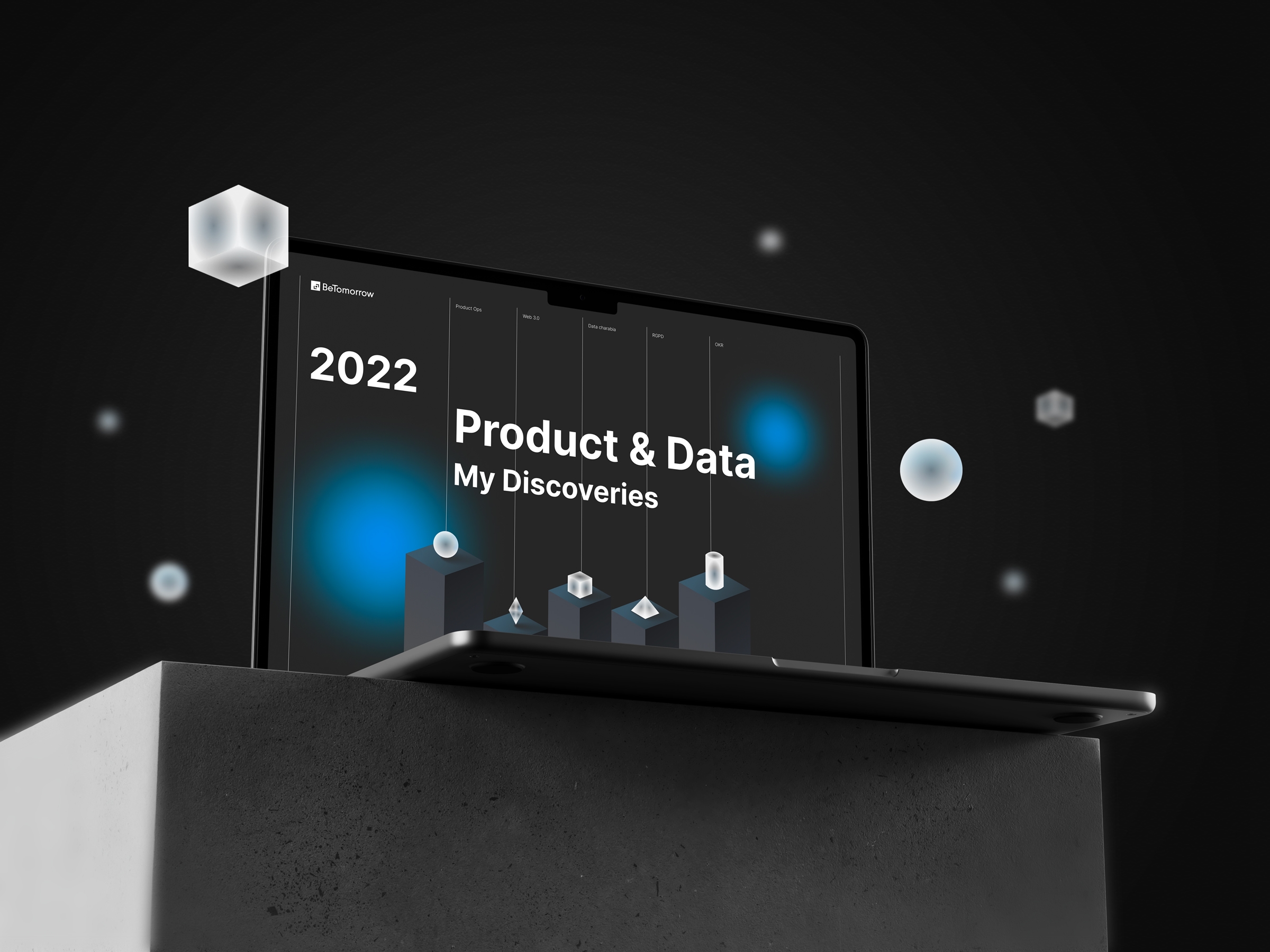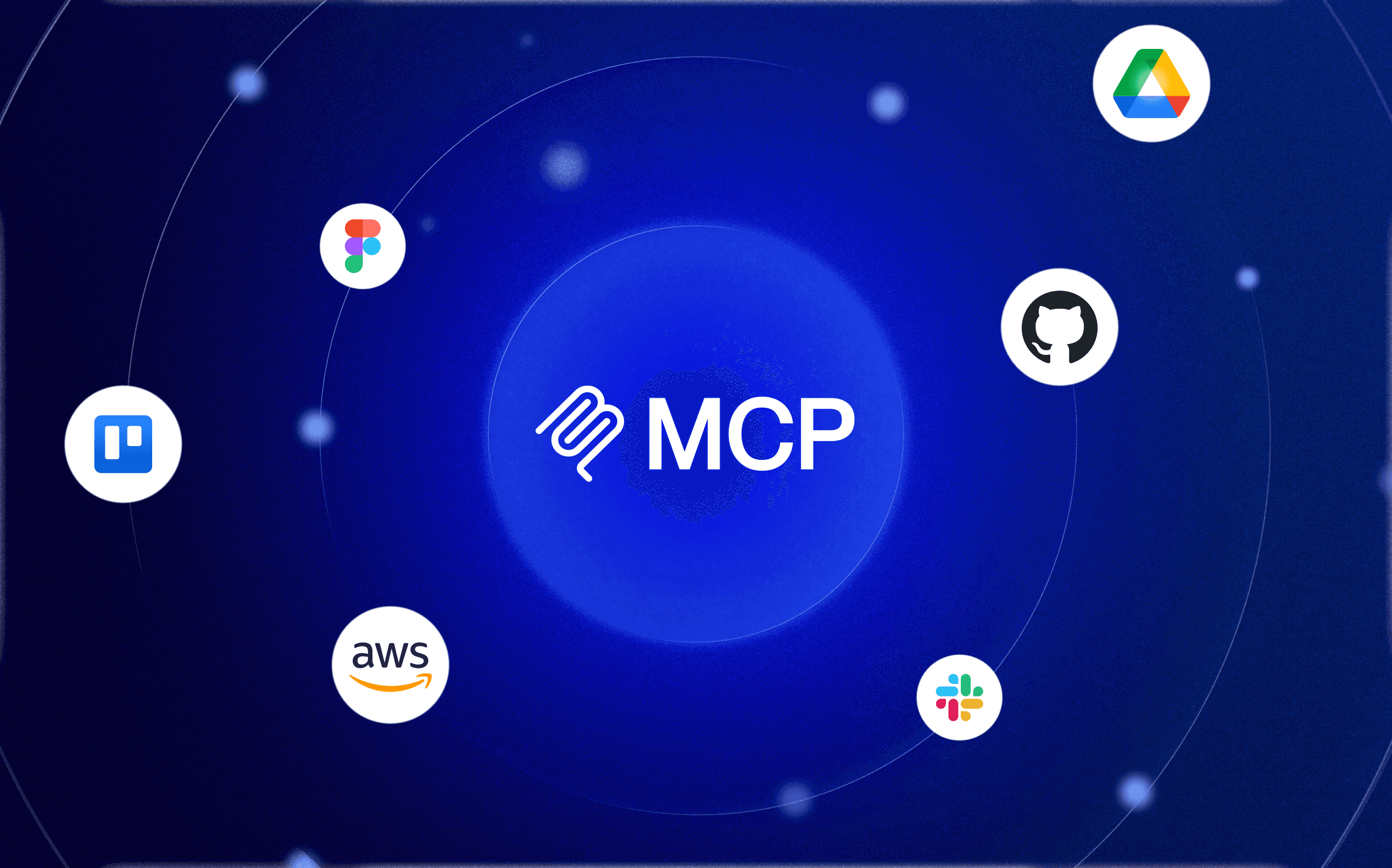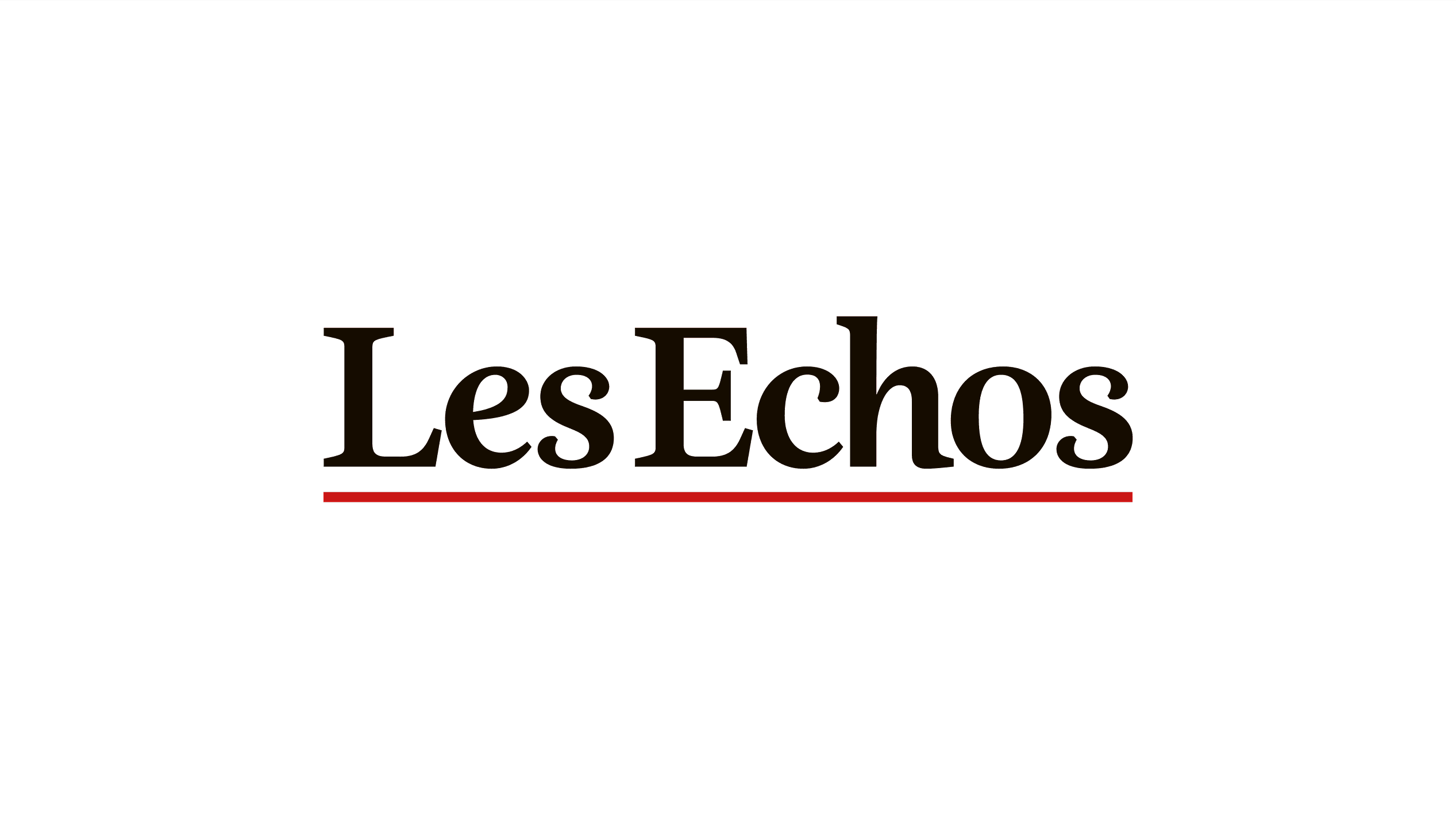Product & Data: My 5 Discoveries of 2022

#1 Product Ops: The Enabler of Product Organizations
Thanks to the warm team at FrenchProduit, the community of PMs from the South-West chapter were able to uncover the secrets of Product Ops, a "keystone" role in product management. Many scale-ups are structuring themselves into squads and multiplying product teams, often with heterogeneous stacks, unshared practices, varying maturity levels, and collective intelligence that is often limited to the size of the squad. Like a Scrum Master who ensures the agility of his team, the Product Ops is a servant leader who acts transversely to align the culture of teams, share best practices, and maintain cohesion, good spirits and efficiency within a group of Product Managers. Given the trend of remote work and companies transitioning to product-oriented organizations, it is clear that the need for coordination among Product teams will increase in 2023.
#2 Web 3.0: I Finally Understand Why It's a Revolution
Web 3.0 has been talked about for several years now. Revolution or scam? The Internet is still hesitant and will be for many years to come. In any case, what I saw in action at the 2022 Web Summit in Lisbon allowed me to put some preconceptions to rest.
Here are some specific revolutions that Web 3.0 has in store for us in the coming months:
a decentralized storage solution called IPFS for storing data in a naturally resilient form. Data being distributed among all network users, it is safe from vulnerabilities and risks of a single host.
decentralized identity validation services such as Gataca allow you to prove your identity without transmitting or storing copies of your official documents
tokenization will become ubiquitous to bring transparency and trust to the heart of our daily lives. Some examples: Doxychain allows for exchanging contract documents without fear of falsification, Carchain allows for transferring the maintenance history of a used car, and Planetwatch makes public air quality measurements without any possibility of cheating.
#3 In 2023, I will no longer mix Data hub, Data lake and Data warehouse
Let's not lie to ourselves: in the field of data analysis, jargon can quickly be confusing. Of course, the differences may be subtle or technical, but it is always better to use the correct terms during a conversation. Here are the differences between these three data storage solutions in the form of an easy-to-remember table. To delve deeper into the subject, I invite you to read Paul Breton's article

#4 GDPR: solutions exist even when obtaining consent is impossible
Analysis of user behavior, measurement of inbound marketing or multichannel attribution performance are now widely covered by Product Managers' toolkit. But when the context is incompatible with a simple consent request (minors, health-related data, educational environment...), one can quickly feel helpless!
Because we still need to understand how our users use the product, we must adapt.
Option 1: turn to solutions that exempt consent such as those listed on the CNIL's dedicated page (provided that you take the time to apply the appropriate configuration).
Option 2: Use BI tools that connect to a database or extracts, such as Metabase or Toucan Toco. Of course, the possibilities are different, but with a little cleverness and data cross-referencing, the possibilities often allow us to obtain quality insights!
Warning: To comply with the GDPR, you must ensure that the inputs are perfectly anonymized to avoid being considered a DCP. Although without a cookie, if personal data is exploited, the obligation of transparency, the possibility of opting out, or even obtaining consent is applicable if the purpose of the processing concerns product improvement, analysis of the use of features, and of course marketing processing.
#5 OKR: In 2023, we stop cascading and align
Are OKRs a magic wand to converge the company's objectives with local team initiatives? The excellent 2022 crop of the Agile Tour Bordeaux was an opportunity for me to exchange with French experts in the field. While literature sometimes advises to take the company's KRs as team goals (the famous "cascade"), we see in practice that it is likely to be difficult for teams to live with. The risk for teams is to perceive KRs as imposed and excessive results. It can be said that to boost employee motivation, it will have to be done again! A slightly more "bottom-up" approach is to let teams co-create their own goals (provided they directly contribute to the company's KRs). We then speak of aligned OKRs. I prefer this method for two reasons:
the "Ikea" effect increases the confidence and engagement of employees who will have thought about their own goal
the alignment is more inclusive for siloed organizations that have, for example, cross-functional teams dedicated to design & UX or Community Management.
Of course, 2022 was also many other things at Betomorrow, with the company's takeover by one of its employees, crossing 200 training sessions on our internal knowledge sharing tool, at least as many games of foosball, and the arrival of 16 new colleagues (PMs, designers and developers) in our Chartrons agency in Bordeaux! Want to build 2023 with us? Let's talk!
Thank you for reading 👩💻


